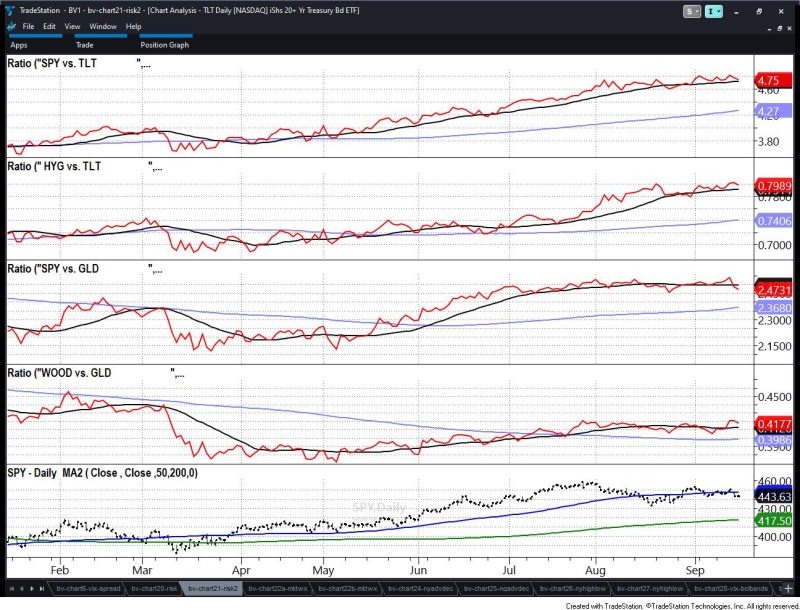Are you one of those traders who have been trying to gain insight into the direction of the market but are not getting any results? If yes, then this article is just for you.
The key relationships between several factors, such as investor sentiment, fundamental drivers, and technical analysis provide an effective way to assess market direction. By having an understanding of these three components, investors can better plan their trades and be better positioned in taking advantage of the up and down the market trends.
The first key relationship to consider is investor sentiment. This provides an overview of the level of bullishness or bearishness that investors have towards the markets. Generally, if investors have a bullish outlook, it is likely that the market will be headed higher; on the other hand, if investor sentiment is bearish, it is more likely that the market will be headed lower.
The second key relationship is fundamental drivers. This means the drivers that are affecting the direction of the stock market or the economy. Examples of fundamental drivers are the state of the economy, the health of the job market, and the current geopolitical environment. These drivers can be quite powerful in determining the direction of the markets.
Finally, the third key relationship to consider is technical analysis. Technical analysis is the study of past market prices and trends, with the goal of forecasting future market direction. By using predictive models as well as chart patterns, trend lines, and price momentum, investors can gain insight into the direction of the markets.
Knowing these key relationships and understanding how they interact can help in assessing market direction. Although there is no sure-fire way to predict the future direction of the markets, having these three components in perspective will certainly help in more accurate stock market predictions. By understanding these three relationships, investors can formulate better trading strategies and better prepare themselves for the future.
